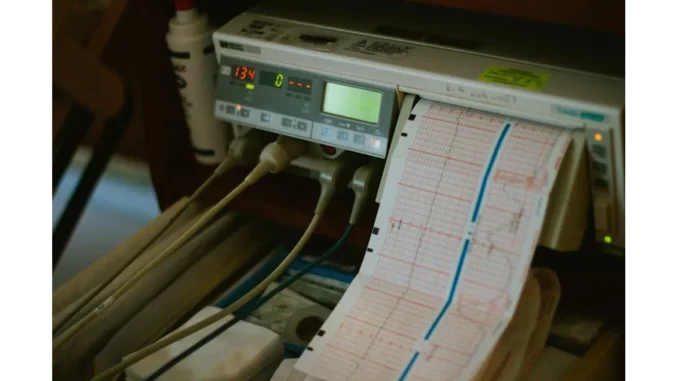
In recent years, the field of medical surgery has experienced a profound transformation, particularly within the realm of cardiac surgery, thanks to the advent of robotic technology. I had the privilege of conversing with Dr. Emily Harris, a distinguished cardiac surgeon at St. Joseph’s Hospital, who offered valuable insights into how these technological advancements are reshaping the landscape of heart surgery. Dr. Harris’s expertise and enthusiasm provided a comprehensive view of the current state of robotic-assisted heart surgery and the promising prospects it holds for the future.
Upon arriving at St. Joseph’s Hospital, Dr. Harris greeted me with warmth and a palpable enthusiasm for her work. “It’s an extraordinary time to be part of this field,” she began, her eyes alight with excitement. “The integration of robotic systems into cardiac surgery has unlocked possibilities we could scarcely have imagined a decade ago.” Dr. Harris elaborated on how robotic-assisted surgery, especially in cardiac procedures, offers unparalleled precision and control, surpassing the capabilities of traditional methods. She explained, “With robotic arms and advanced imaging technologies, we can perform intricate procedures through minimal incisions, reducing trauma to the patient’s body and significantly expediting recovery.”
As our conversation progressed, Dr. Harris emphasised the role of these technologies in enhancing surgical outcomes. “One of the most significant breakthroughs is the reduction in post-operative complications,” she remarked. “The precision offered by robotic systems allows us to navigate complex anatomical structures with exceptional accuracy, thereby minimising the risk of human error.” Dr. Harris’s explanation of the operational dynamics of these systems was particularly intriguing. She described how, during a robotic-assisted procedure, the surgeon controls the robotic instruments via a console equipped with high-definition 3D vision. “It’s akin to having an extension of your own hands, yet with superior dexterity and precision,” she enthused.
Despite the clear advantages, Dr. Harris was forthright about the challenges accompanying the integration of robotic technology into surgical practice. “It’s not solely about possessing the technology,” she noted. “There’s a necessity for extensive training and a paradigm shift in our surgical approach. Surgeons must develop new skills and acclimatise to working with these sophisticated systems.” Dr. Harris also underscored the critical importance of teamwork in robotic-assisted surgeries. “The success of these procedures hinges on the collaboration of the entire surgical team,” she explained. “From the anaesthetist to the scrub nurse, each member plays an indispensable role in ensuring the operation proceeds smoothly.”
Naturally, the conversation turned to the financial implications of implementing robotic systems in hospitals. Dr. Harris acknowledged the considerable initial investment required. “However, the long-term benefits, such as reduced hospital stays and improved patient outcomes, often justify the expense,” she asserted. We also explored the future trajectory of robotic technology in heart surgery, with Dr. Harris expressing optimism about the field’s direction. “We are witnessing rapid advancements in artificial intelligence and machine learning, which are being integrated into robotic systems,” she observed. “These technologies will augment decision-making capabilities and further refine surgical precision.”
As our discussion drew to a close, Dr. Harris reflected on the transformative impact these advancements have had on her practice and the patients she serves. “It’s immensely gratifying to witness patients recovering more swiftly and resuming their lives with an enhanced quality of life,” she said. “Robotic technology is not merely altering how we perform surgery; it’s revolutionising patient care and outcomes.”
Leaving St. Joseph’s Hospital, I was deeply impressed by the significant impact robotic technology is making in the field of heart surgery. The insights shared by Dr. Harris illuminated a future where surgical procedures are not only more efficient and effective but also more centred on the needs of the patient. As these technologies continue to evolve, they promise to redefine standards of care in cardiac surgery and extend their influence to other medical disciplines. Through the lens of robotic advancements, the future of heart surgery appears not only bright but also profoundly human-centred, enhancing both the surgical process and the lives of those it touches.


Be the first to comment